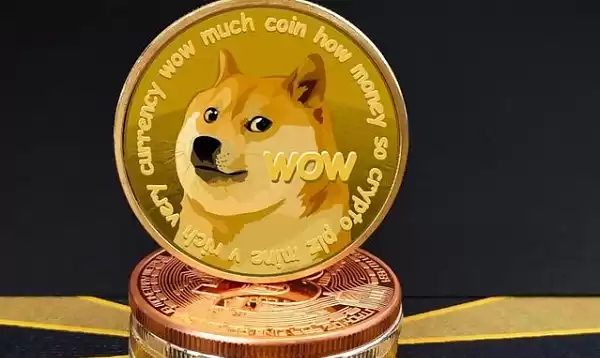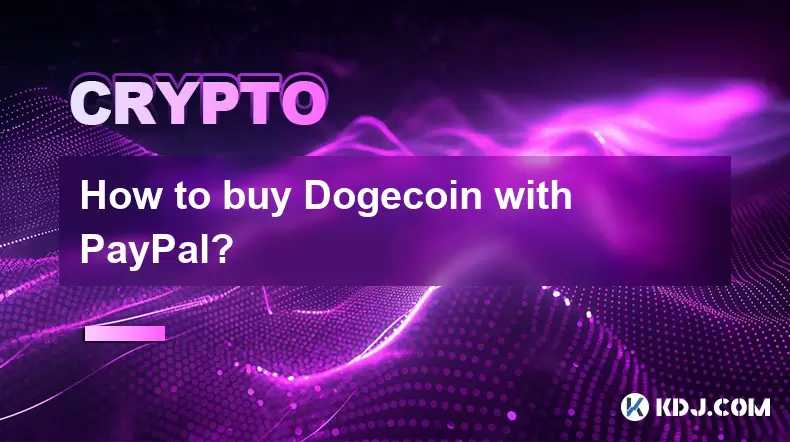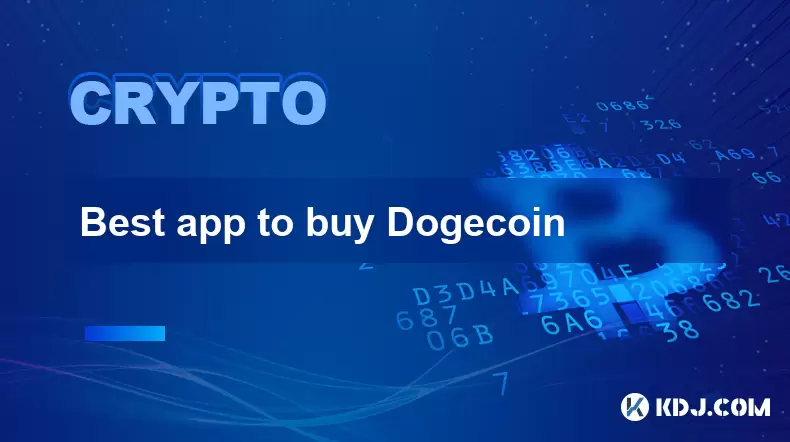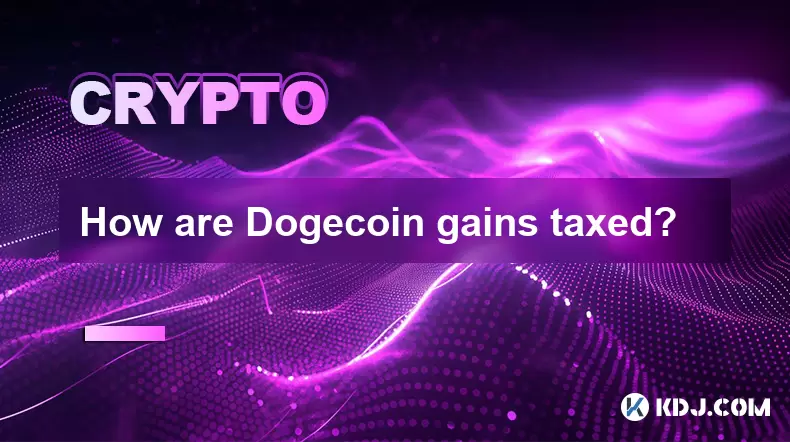-
 Bitcoin
Bitcoin $118000
0.67% -
 Ethereum
Ethereum $3750
0.71% -
 XRP
XRP $3.183
1.61% -
 Tether USDt
Tether USDt $1.000
-0.01% -
 BNB
BNB $788.1
1.21% -
 Solana
Solana $186.0
0.85% -
 USDC
USDC $0.9999
-0.02% -
 Dogecoin
Dogecoin $0.2373
1.25% -
 TRON
TRON $0.3204
1.76% -
 Cardano
Cardano $0.8266
1.85% -
 Hyperliquid
Hyperliquid $44.04
1.28% -
 Sui
Sui $4.192
5.88% -
 Stellar
Stellar $0.4399
2.63% -
 Chainlink
Chainlink $18.40
1.19% -
 Hedera
Hedera $0.2842
9.06% -
 Bitcoin Cash
Bitcoin Cash $560.5
2.46% -
 Avalanche
Avalanche $24.99
4.58% -
 Litecoin
Litecoin $114.5
1.25% -
 UNUS SED LEO
UNUS SED LEO $8.980
-0.03% -
 Shiba Inu
Shiba Inu $0.00001406
0.53% -
 Toncoin
Toncoin $3.306
4.27% -
 Ethena USDe
Ethena USDe $1.001
0.03% -
 Polkadot
Polkadot $4.169
2.37% -
 Uniswap
Uniswap $10.56
1.95% -
 Monero
Monero $322.8
1.06% -
 Dai
Dai $0.0000
0.00% -
 Bitget Token
Bitget Token $4.545
0.12% -
 Pepe
Pepe $0.00001261
1.29% -
 Aave
Aave $296.5
1.27% -
 Cronos
Cronos $0.1379
5.90%
how did dogecoin start
Propelled by a Shiba Inu meme and an unorthodox marketing strategy, Dogecoin emerged in 2013 as a lighthearted alternative to Bitcoin, attracting a dedicated community and achieving unexpected success in the digital asset landscape.
Oct 18, 2024 at 09:53 am

How Dogecoin Started: The Rise of a Crypto Meme
1. Origin at the Forefront of Bitcoin's Rise:
Dogecoin emerged in 2013, amidst the growing popularity of the cryptocurrency Bitcoin. It was founded by Billy Markus, a software engineer, and Jackson Palmer, a product manager.
2. The Inspiration: A Shiba Inu Meme:
Dogecoin's mascot is a Shiba Inu dog named "Doge," popularized in an internet meme at the time. Markus and Palmer found its goofy expression relatable and decided to create a cryptocurrency that was not as serious as Bitcoin.
3. Initial Launch and Rocket-fueled Growth:
Dogecoin was launched on December 6, 2013, with an initial supply of 100 billion coins. Its whimsical nature quickly resonated with the online community, leading to its rapid adoption and value increase.
4. The "Unfair" Advantage of Marketing:
Unlike many other cryptocurrencies, Dogecoin initially lacked a solid technological foundation. However, its strong social media presence and the unique "meme" factor gave it an unfair advantage in attracting attention and followers.
5. Support from Elon Musk:
The rise of Dogecoin received a significant boost from Tesla CEO Elon Musk, who repeatedly tweeted about the cryptocurrency. Musk's influence amplified Dogecoin's popularity and contributed to its astronomical value growth in early 2021.
6. Community-Driven Dynamics:
Dogecoin has developed a passionate and dedicated community that has played a crucial role in its growth. Community members contribute to project development, promote the cryptocurrency, and create various memes and initiatives.
7. Derivative Cryptocurrencies and Projects:
Inspired by Dogecoin's success, numerous derivative cryptocurrencies emerged, such as Baby Dogecoin, Shiba Inu, and Floki Inu. These projects often leveraged Dogecoin's mascot and shared its underlying technology.
8. Volatility and Speculative Investments:
Dogecoin's value has exhibited significant volatility over the years, largely influenced by market sentiment, social media hype, and the whims of investors. Its lack of underlying utility has made it more prone to speculative trading and price fluctuations.
Conclusion:
Dogecoin started as a playful attempt to create a lighthearted alternative to the more serious Bitcoin. Its charming mascot, strong community, and unorthodox marketing strategy propelled it to unexpected heights, demonstrating the power of grassroots movements and the allure of cryptocurrencies. While its value remains volatile, Dogecoin continues to captivate the imaginations of investors and enthusiasts alike, serving as a testament to the ever-evolving nature of the digital asset landscape.
Disclaimer:info@kdj.com
The information provided is not trading advice. kdj.com does not assume any responsibility for any investments made based on the information provided in this article. Cryptocurrencies are highly volatile and it is highly recommended that you invest with caution after thorough research!
If you believe that the content used on this website infringes your copyright, please contact us immediately (info@kdj.com) and we will delete it promptly.
- Tron ETF, Staking Rewards, and Institutional Capital: A New Era for TRX?
- 2025-07-27 12:50:13
- Bitcoin Reserves, Price, and Hyper Up: Riding the Crypto Wave to $1M?
- 2025-07-27 12:55:12
- Smart Money Moves: Wallet Withdrawal, SPX Accumulation, and What It All Means
- 2025-07-27 12:30:12
- Ethereum, Justin Sun, and Market Speculation: A Crypto Cocktail
- 2025-07-27 12:30:12
- Meme Coins in July 2025: Bitcoin Takes a Backseat?
- 2025-07-27 10:30:12
- HIFI Price Eyes Breakout: Downtrend Line in the Crosshairs?
- 2025-07-27 10:30:12
Related knowledge

Bitcoincoin burning mechanism
Jul 20,2025 at 09:21pm
What is the Dogecoin burning mechanism?The Dogecoin burning mechanism refers to the process of permanently removing DOGE tokens from circulation by se...

How to earn free Bitcoincoin?
Jul 19,2025 at 10:08pm
What is Dogecoin and Why Earn It?Dogecoin (DOGE) started as a meme-based cryptocurrency in 2013 but has grown into a widely recognized digital asset. ...

Is Coinbase a good wallet for Bitcoincoin?
Jul 19,2025 at 04:42pm
Understanding Coinbase as a Wallet Option for DogecoinWhen considering where to store Dogecoin, Coinbase is often mentioned as a potential option due ...

How to buy Bitcoincoin with PayPal?
Jul 23,2025 at 06:57am
Understanding the Basics of Buying DogecoinBefore diving into the process of buying Dogecoin with PayPal, it’s essential to understand what Dogecoin i...

Best app to buy Dogecoin
Jul 23,2025 at 03:08pm
What Is a Cryptocurrency Exchange and How Does It Work?A cryptocurrency exchange is a digital marketplace where users can buy, sell, or trade cryptocu...

How are Dogecoin gains taxed?
Jul 25,2025 at 07:01am
Understanding the Taxation of Dogecoin GainsWhen it comes to Dogecoin (DOGE), many investors are drawn to its meme-inspired branding and volatile pric...

Bitcoincoin burning mechanism
Jul 20,2025 at 09:21pm
What is the Dogecoin burning mechanism?The Dogecoin burning mechanism refers to the process of permanently removing DOGE tokens from circulation by se...

How to earn free Bitcoincoin?
Jul 19,2025 at 10:08pm
What is Dogecoin and Why Earn It?Dogecoin (DOGE) started as a meme-based cryptocurrency in 2013 but has grown into a widely recognized digital asset. ...

Is Coinbase a good wallet for Bitcoincoin?
Jul 19,2025 at 04:42pm
Understanding Coinbase as a Wallet Option for DogecoinWhen considering where to store Dogecoin, Coinbase is often mentioned as a potential option due ...

How to buy Bitcoincoin with PayPal?
Jul 23,2025 at 06:57am
Understanding the Basics of Buying DogecoinBefore diving into the process of buying Dogecoin with PayPal, it’s essential to understand what Dogecoin i...

Best app to buy Dogecoin
Jul 23,2025 at 03:08pm
What Is a Cryptocurrency Exchange and How Does It Work?A cryptocurrency exchange is a digital marketplace where users can buy, sell, or trade cryptocu...

How are Dogecoin gains taxed?
Jul 25,2025 at 07:01am
Understanding the Taxation of Dogecoin GainsWhen it comes to Dogecoin (DOGE), many investors are drawn to its meme-inspired branding and volatile pric...
See all articles

























































































